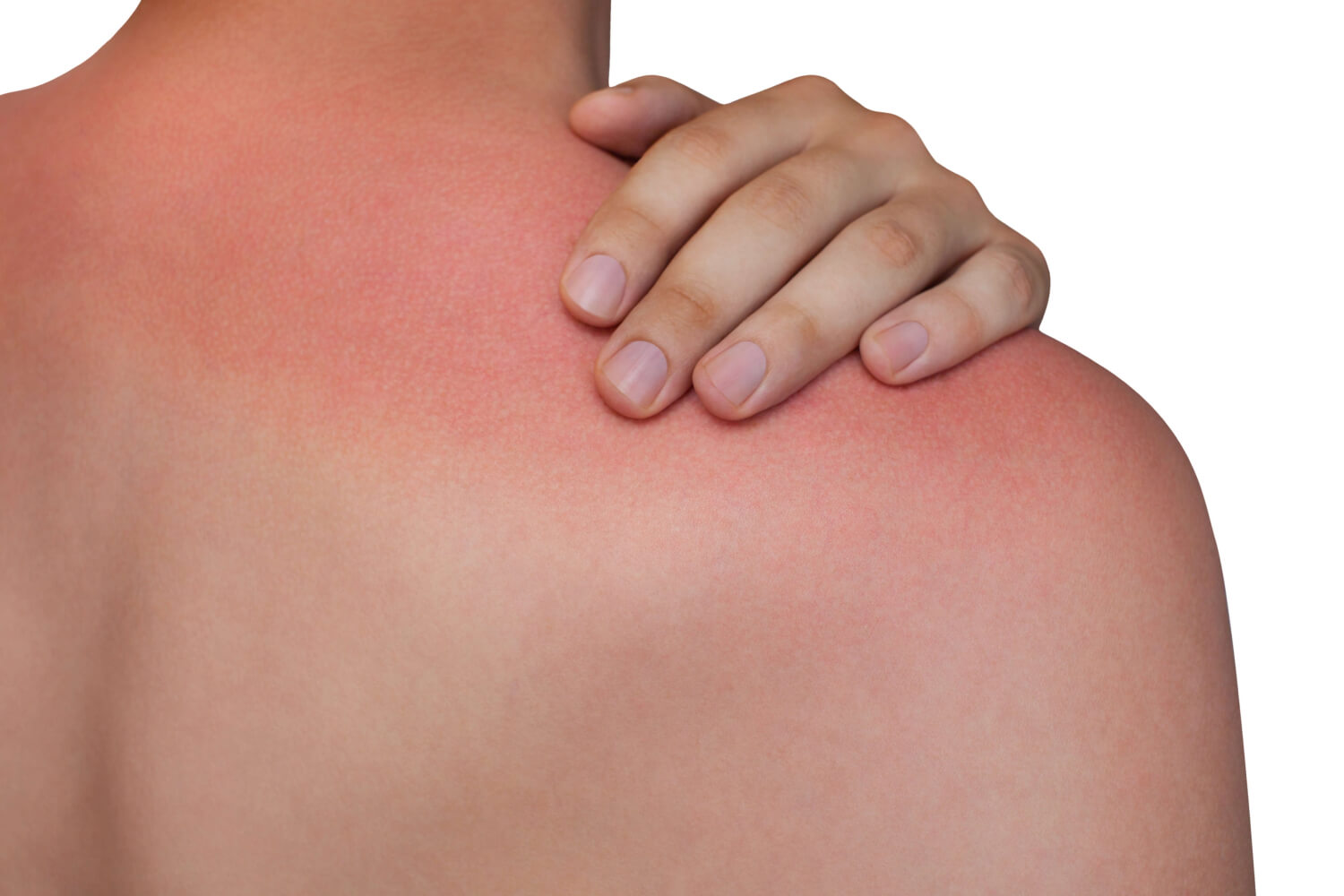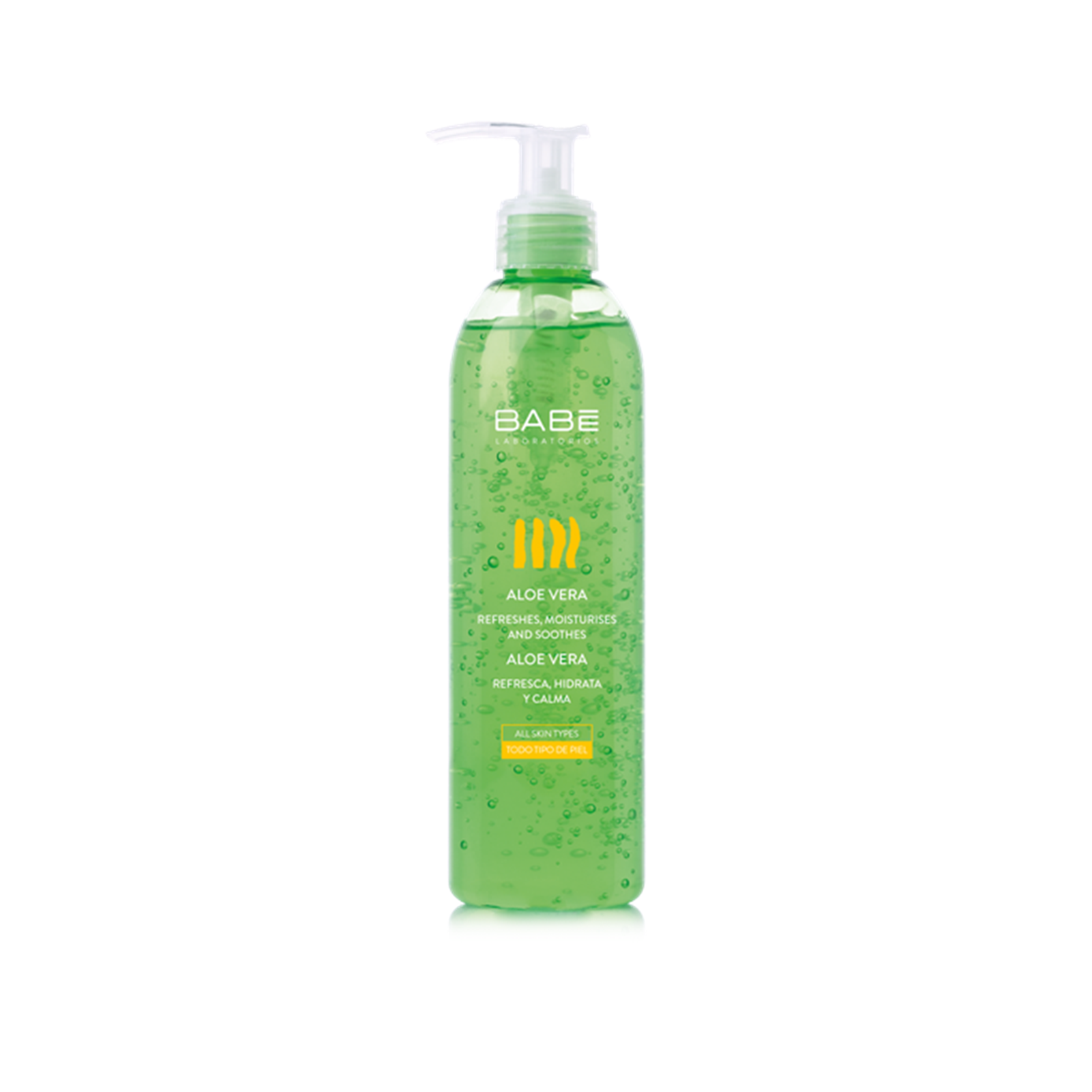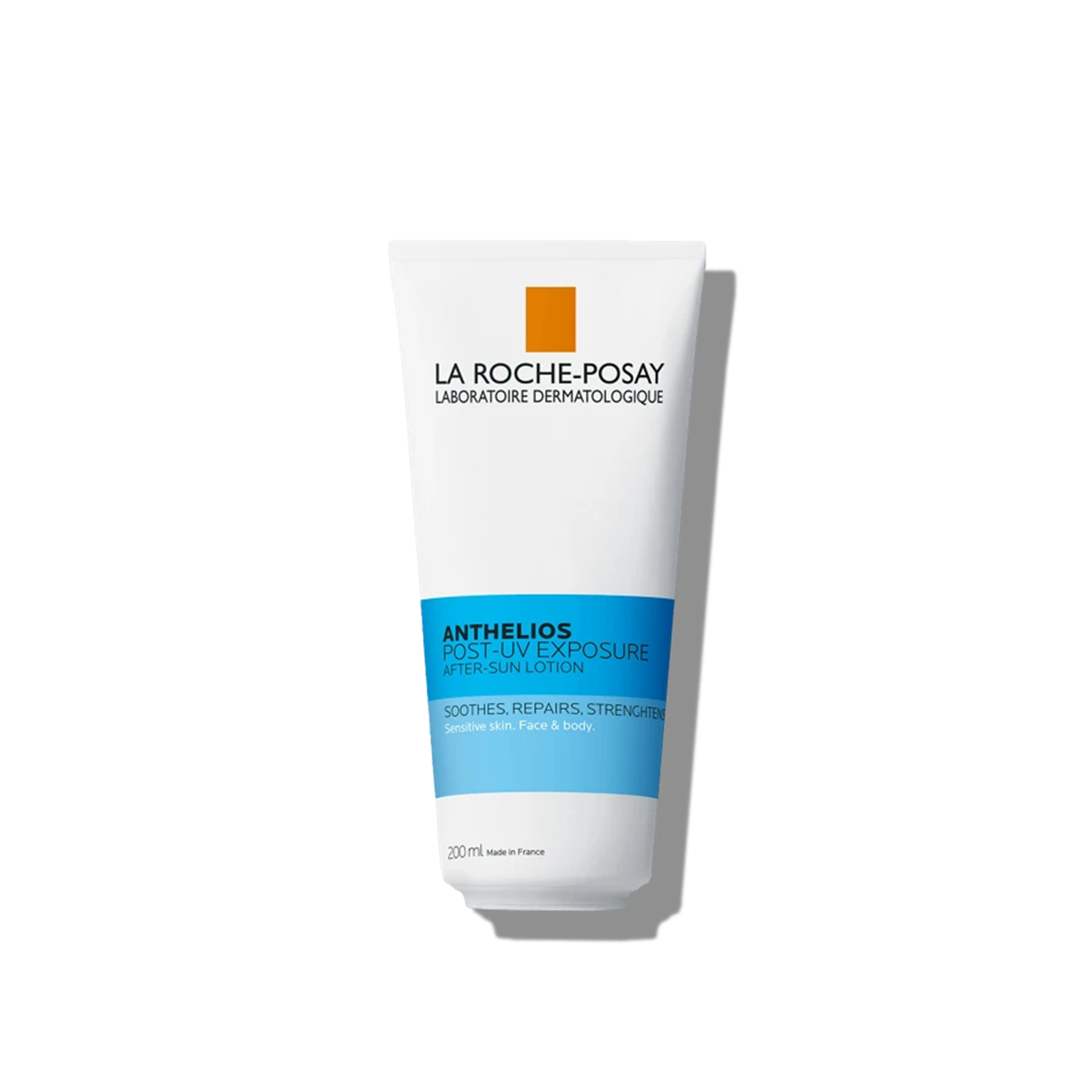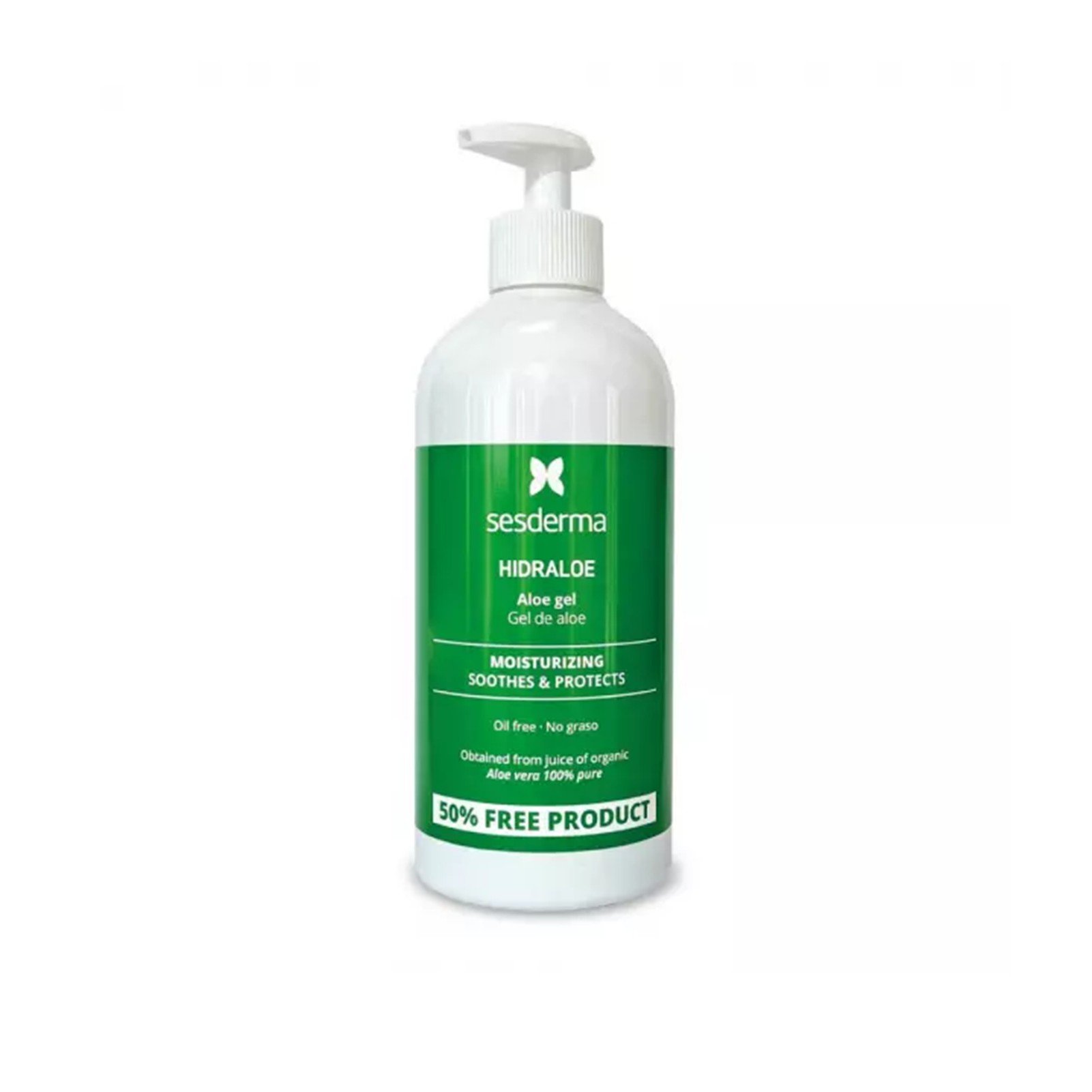
For all of those who love to spend time in the sun, it’s important to learn how to keep enjoying safely. Sun poisoning is a real threat, and it may affect everyone who ignore the unwanted effects that excessive sun exposure can have on your health. Today, we’re analyzing the differences between sun poisoning and other issues that may result from sun exposure, and hopefully helping you to prevent it. If you are already suffering with the undesired effects of excessive sun exposure, then use the information bellow to improve comfort while healing!
What is sun poisoning?
If we put things simply, we can say that sun poisoning is a severe sunburn. Sun poisoning is not a medical concept, but rather a name used to refer to the symptoms you experience when your sunburn graduates to the next level. More than experiencing redness and a burning sensation, with sun poisoning, you may experience multiple symptoms that appear unrelated to your sunburn. With sun poisoning, you may experience not only severe redness but pain on the affected areas, fever, chills, or even joint and/or muscle pain.
How to tell the difference between sunburn and sun poisoning?
There are a number of symptoms related to excessive sun exposure that may be causing some confusion. To make it as clear as possible, we’re listing different issues that may explain your symptoms:
Sun burn
A sunburn is stage one of excessive sun exposure. You may notice the overexposed areas becoming red, and the skin feeling painful. You may even experience some swelling. Your skin will feel hot, and you’ll have a hard time with fabric touching the affected area. Depending on the severity of the burn, you will experience these symptoms usually for 3 to 4 days. As days go by, your skin may start to heal and peel off.
Sun poisoning
With sun poisoning, you’ll experience the symptoms we’ve just seen for sunburn, but there are more complications that join in. More than the redness and pain, you can get a fever, headache, nausea or vomiting, while experiencing fatigue and dizziness. With sun poisoning, it is also likely that your skin develops a rash and/or blister. As you can see, with sun poisoning, you’ll be feeling sick, with multiple symptoms making you feel uncomfortable in your own skin.
Polymorphic light eruption (or sun allergy)
As you can see from the name, polymorphic light eruption, also known as PMLE or even as sun allergy, is a skin rash that develops when your skin is exposed to sun radiation. It is different from the previous two situations, as the skin may present an allergy even without excessive sun exposure. It may develop even after controlled and protected sun exposure, as a sun allergy is an “immune system reaction in the skin triggered by sunlight”. According to Harvard, a minimal amount of sunlight may trigger this response. Unlike sunburn or sun poisoning, with sun allergy, there’s not much you can do to prevent it.
What to do when experiencing sun poisoning?
Symptoms of sun poisoning are quite uncomfortable; there are a few behaviors you should adopt to make sure you minimize the symptoms and reduce discomfort.
First thing is to replenish liquids—water preferably—to help your body cool down. Speaking of cooling down, you may want to apply some cooling patches (not extremely cold, though) on the affected areas to minimize inflammation. Even though cosmetics won’t solve this particular crisis, they may help your skin recover. Look for fresh and lightweight formulas with soothing ingredients like aloe vera, for example. When it comes to wardrobe choices, make sure to use breathable and natural fibers, like cotton. Prefer loose fits to tight clothing, as your skin won’t be happy with any amount of friction.
Do I need to consult with a medical provider to treat sun poisoning?
After putting all the previous tips in practice, there’s no guarantee that you will feel instantly better. Depending on the severity of your sun poisoning, it may be difficult or unnecessarily painful to recover without medicine. If you feel like the inflammation on the skin deserves some medical expert evaluation, if the fever isn’t going down, if the dizziness and nausea feel intense, or if the blisters and skin redness are worsening, you may benefit from medical attention. You may need medication to overcome the symptoms and bring your body back to balance.
If you’re an adult, there’s a chance you can recover with home care. However, if you suspect your children is experiencing sun poisoning, then we strongly recommend that you get medical attention.
What not to do when experiencing sun poisoning?
The number one of what NOT to do when experiencing sun poisoning is to resume sun exposure. More than not exposing directly to sunlight, it’s important to stay indoors, in a room with mild temperature. You should also avoid the consumption of alcoholic beverages, as they further dehydrate your body—and that’s the last thing you need at this point. We’d also advise you to resist exposing your skin to extreme temperatures, avoiding cold and hot showers. Stick to neutral hydrating and repairing lotions, avoiding fancy cosmetics like perfumes and exfoliating acids. Even if the skin feels itchy, do your best not to scratch or peel off the skin.
How long does sun poisoning last?
It’s hard to put a number on it, but we can tell you that sun poisoning will take longer than a sunburn to go away. And, as we’ve already established above, the accute symptoms of sunburn can take up to 4 days—so you should expect at leat 6 to 7 days to recover from sun poisoning.
How to prevent sun poisoning?
You won’t need to avoid sun exposure altogether to prevent sun poisoning effectively. Let’s define some sun exposure etiquette to prevent sun poisoning:
Avoid being in the sun at the most intense hours (usually between 11 AM and 4 PM), use a generous amount of sunscreen to shield your skin, and drink plenty of water. When at the beach or at the pool, always prefer to enjoy the time in the shade! Protective clothing can also be helpful. And hats! Always use a hat.
For more about sunburns, check our post and learn exactly what your skin needs!
Professional Makeup Artist & Beauty Writer





